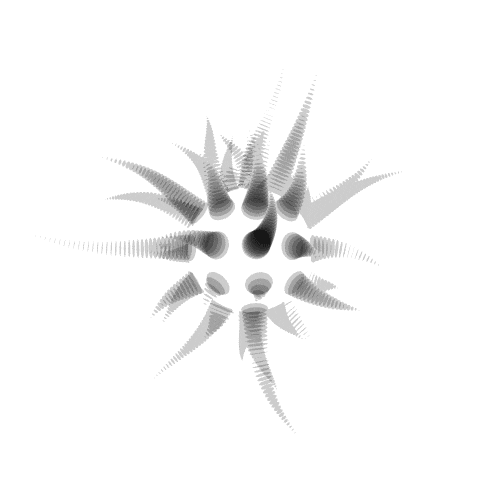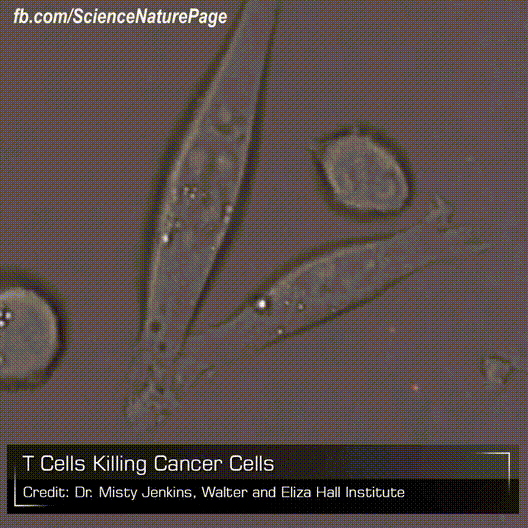The Resilience protocol is a decentralized, voluntary, global, crypto basic income based on Ethereum
Decentralized: There is no central authority, all nodes of Resilience protocol are equal.
Voluntary: Non-coercive
Global: Will be applied on a global scale
Crypto: Can use any crypto-currency or even fiat money
The Resilience system pioneers “decentralized wealth redistribution” by using a genetic algorithm, based on variation, selection and heredity. The units of replication of this genetic algorithm are called “taxemes” (instead of genes or memes).
Instead of setting a central tax-rate, it uses Taxemes for tax-rates to emerge through free market selection. The system is based on the incentives that it rewards users for doing the work of spreading Taxemes, and it rewards users for spreading Taxemes that extract a lot of tax.
Consumers will be rewarded for seeking out companies and supply chains that use high-tax-rate Taxemes. The reward comes in the form of basic income.

Taxeme
Taxemes are autonomous tax-collectors and darwinian replicators, that have variation, selection and heredity. Each node has their own primary Taxeme, that they control the tax-rate of, and nodes also host secondary Taxemes that have been inherited from other nodes.
Taxemes are inherited on consumption, per transaction. In a transaction of 100 RES, a volume of 100 of the active Taxeme is inherited.
Taxemes spread based on first-in-first-out
var A = {
personalTaxemeRate: 0.05, //if node has no Taxemes, a new Taxeme is created based on this rate
taxemes: [{rate 0.07, volume: 30}], //kept sorted by first-in-first-out
cash: 400
}
var B = {
personalTaxemeRate: 0.04,
taxemes: [{rate: 0.05, volume: 200}, {rate: 0.06, volume: 500}],
cash: 250
}
A.send(100, B);
//after
var A = {
personalTaxemeRate: 0.05,
taxemes: [{rate 0.07, volume: 30}, {rate: 0.05, volume: 100}],
cash: 300
}
var B = {
personalTaxemeRate: 0.04,
taxemes: [{rate: 0.05, volume: 100}, {rate: 0.06, volume: 500}],
cash: 345
}
Dividend pathways
These pathways are drawn when a Taxeme is inherited, and manifest after that same Taxeme has collapsed. Dividend pathways have a width that is proportional to the tax-rate of the Taxeme that was inherited. Like capillaries and arteries, not all dividend pathways are the same, and some provide higher flow of tax than others.
The dividend pathways get gradually used up as tax flows through them.
Anti-Taxemes
Taxemes are destroyed when they collide with their corresponding anti-Taxeme. Anti-Taxemes are created when a Taxeme is created, and they spread in the opposite direction.
Each anti-Taxemes is seeded in large amounts, much like anti-bodies in the immune system, making a collapse mathematically pre-determined.
Taxeme({rate: 0.02, volume: 500, id: 3kTMd})
antiTaxeme({volume: 500, id: 3kTMd})

Swarm-redistribution
The tax a Taxeme extracts is sent into the web of dividend pathways that are down-streams from the node that was consumed from.

The tax is distributed through the dividend pathways based on their width, much like how blood is distributed throughout a vascular system.

Future-oriented
Each node will grow a vascular system from every point in time when they inherit a Taxeme. In the example transaction from P to R, P will inherit a Taxeme from R, and grow a dividend pathway (which remains closed until the Taxeme is destroyed). Any transactions made by R after that point in time will draw dividend pathways that grow on top of the one that was created from P to R, and tax that is collected will flow down the vascular system to which P is connected.

Think of this kind of like a beneficial pyramid/network scheme branching out from every transaction, with branching fractal pyramid+networks pulsing out every time you buy something, pulsing back money.
Summarized
Consumers want basic income. Producers that want to contribute are favored by the market of consumers. Self-organizing dividend network. Wealth redistribution through natural selection.




